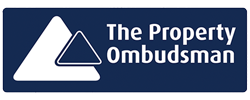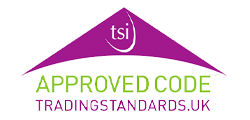Essential Guide for Landlords: The Importance of Preventative Maintenance Inspections
As a landlord, ensuring your rental property remains in top condition is key to maintaining its value and providing a safe and comfortable environment for your tenants. One of the most effective ways to achieve this is through regular preventative maintenance inspections. This guide will help you understand the importance of these inspections and how to conduct them effectively.
Why Preventative Maintenance Inspections Matter
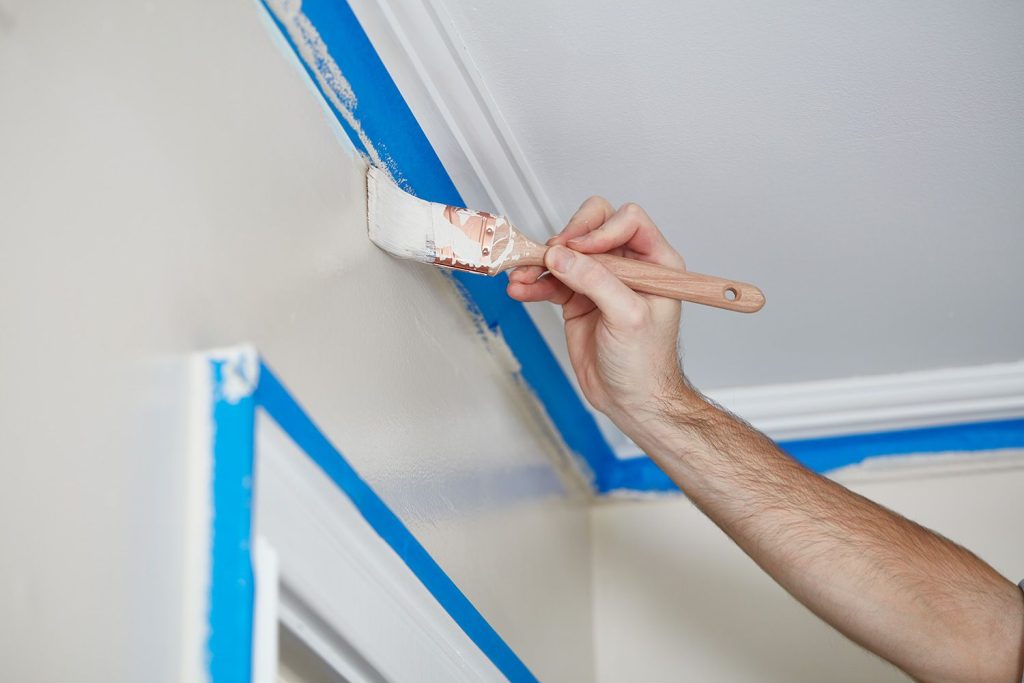
Preventative maintenance inspections are routine checks that help identify and address potential issues before they become significant problems. Here are several reasons why they are essential:
1. Cost Savings: Regular inspections can save you money in the long run by identifying minor issues before they escalate into costly repairs.
2. Tenant Satisfaction: A well-maintained property ensures a comfortable living environment, leading to higher tenant satisfaction and retention.
3. Compliance: Regular inspections help ensure your property complies with safety regulations and standards, reducing the risk of legal issues.
4. Property Value: Keeping your property in good condition helps maintain and even increase its value over time.
Key Areas to Inspect
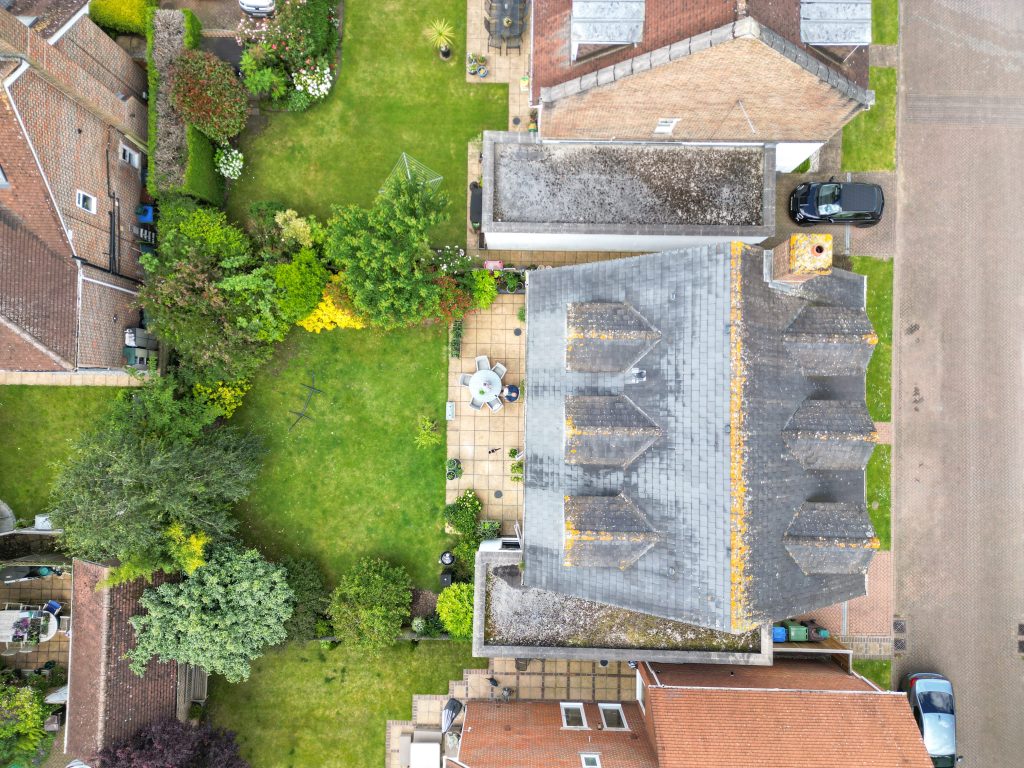
When conducting a preventative maintenance inspection, focus on the following areas:
1. Roof and Gutters: Check for loose or missing tiles, leaks, and blockages in gutters and downspouts.
2. Exterior: Inspect walls, windows, and doors for cracks, damp, or signs of wear and tear. Ensure all locks and latches are working correctly.
3. Plumbing: Look for leaks, drips, or blockages in sinks, toilets, and showers. Check the water pressure and ensure there are no signs of mould or dampness around plumbing fixtures.
4. Electrical Systems: Test all electrical outlets, switches, and light fixtures. Ensure that the fuse box and circuit breakers are functioning correctly.
5. Heating and Cooling Systems: Regularly service boilers, radiators, and air conditioning units. Check for unusual noises or inefficient operation.
6. Safety Features: Ensure smoke detectors, carbon monoxide detectors, and fire extinguishers are in working order. Check for any trip hazards and ensure stairways and handrails are secure.
7. Interior: Inspect walls, ceilings, and floors for signs of damage or wear. Ensure that all appliances are in good working order and check for any signs of pest infestations.
Creating a Maintenance Schedule
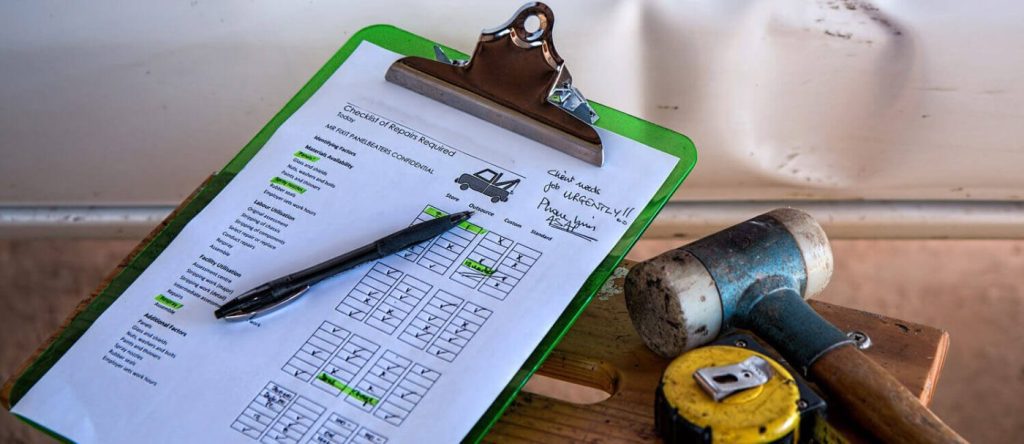
To keep on top of preventative maintenance, create a comprehensive schedule:
1. Monthly Checks: Test smoke and carbon monoxide detectors, inspect the exterior for any immediate issues, and check plumbing fixtures for leaks.
2. Quarterly Checks: Inspect the roof and gutters, check the interior for signs of wear, and service heating and cooling systems.
3. Biannual Checks: Conduct a thorough inspection of all electrical systems, service major appliances, and perform a deep clean of the property.
4. Annual Checks: Have a professional inspection of the boiler and heating systems, check the insulation, and review the overall condition of the property.
Best Practices for Conducting Inspections
1. Use a Checklist: A detailed checklist ensures you cover all areas during the inspection. Tailor your checklist to the specific needs of your property.
2. Document Findings: Take notes and photographs of any issues identified during the inspection. This documentation can be valuable for planning repairs and tracking the condition of the property over time.
3. Communicate with Tenants: Inform tenants of upcoming inspections and encourage them to report any issues they’ve noticed. This collaboration can help identify problems early.
4. Hire Professionals: For complex systems like electrical and plumbing, consider hiring professionals to conduct thorough inspections. Their expertise can help identify issues that you might miss.
Conclusion
Regular preventative maintenance inspections are vital for maintaining the value of your rental property, ensuring tenant satisfaction, and avoiding costly repairs. By adopting a proactive approach and creating a consistent maintenance schedule, you can keep your property in excellent condition and provide a safe, comfortable living environment for your tenants.
For more tips and advice on property maintenance, feel free to download our compliance checklist or book on to a call with one of our letting and tenancy management experts here: https://elmbridgelandlordcompliance.co.uk/
Related Articles
Want to know how much your property is worth?
Elevating the Elmbridge property market
Visit us in Molesey
East Molesey
Surrey
KT8 9ER
VISIT US IN ESHER
Claygate
Esher
Surrey
KT10 0PD
